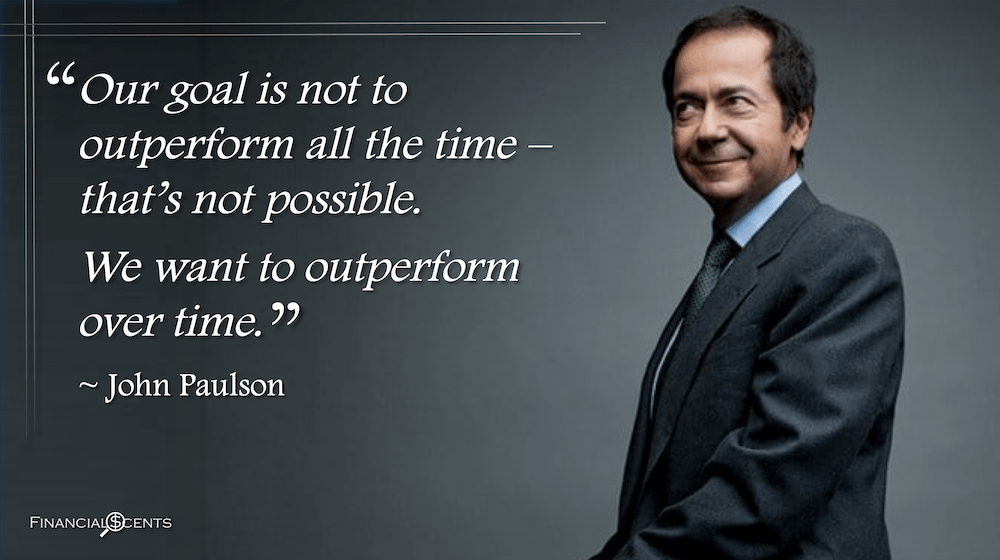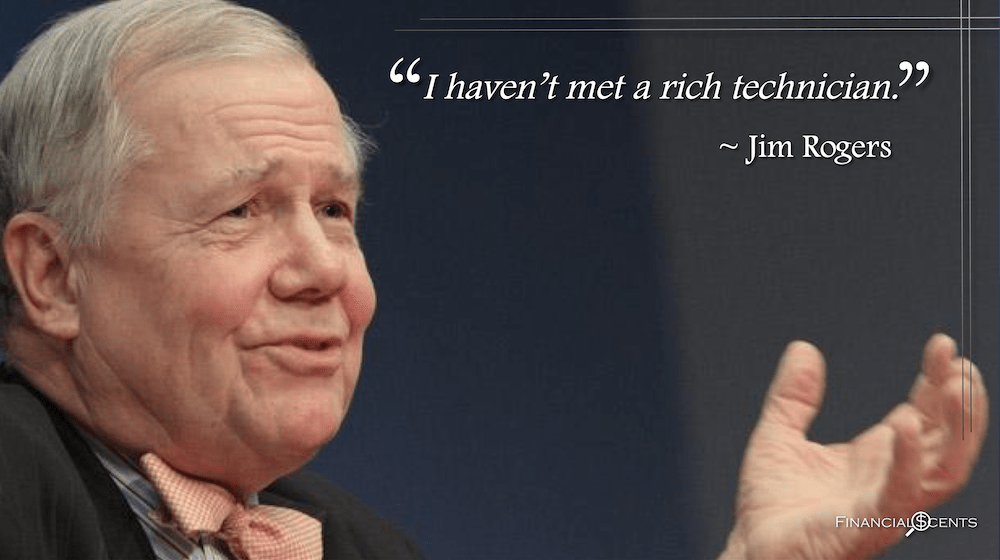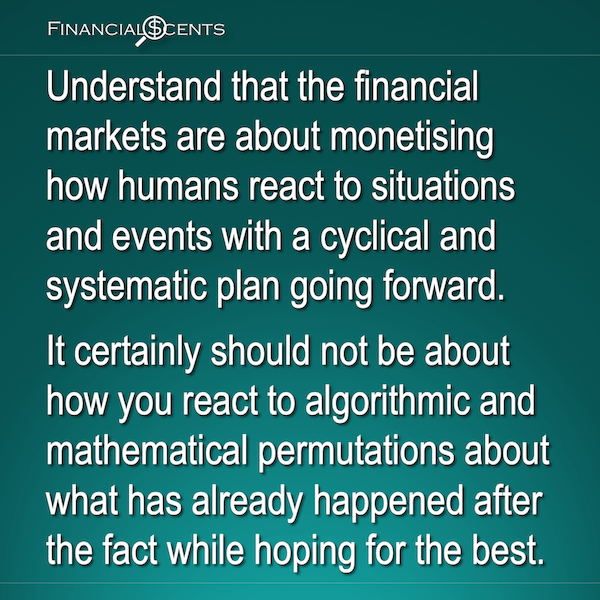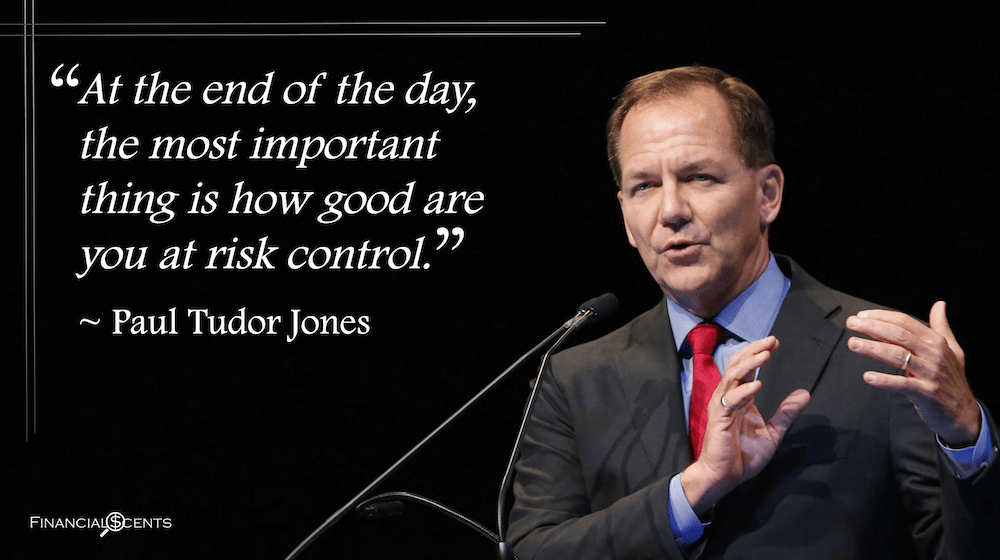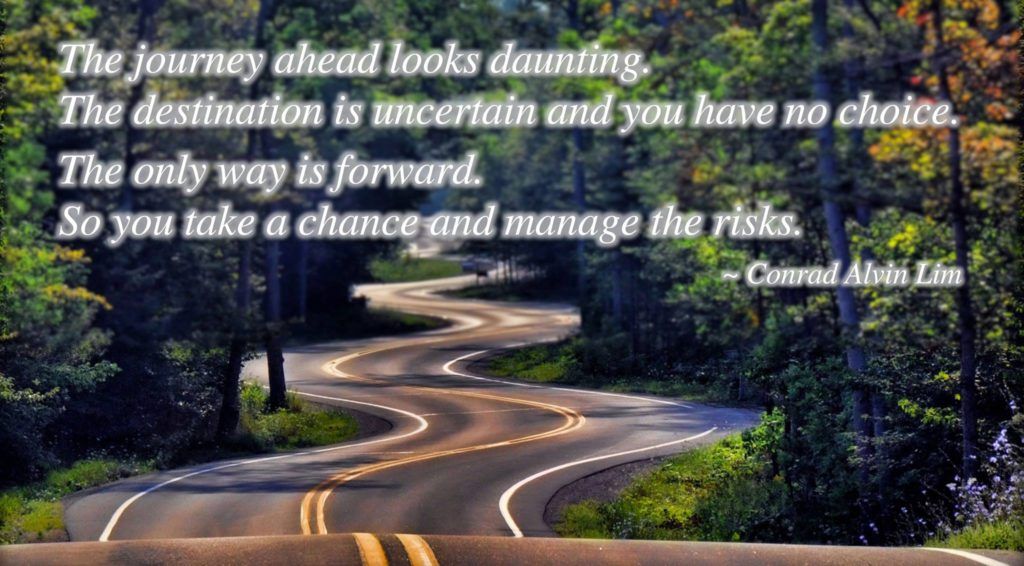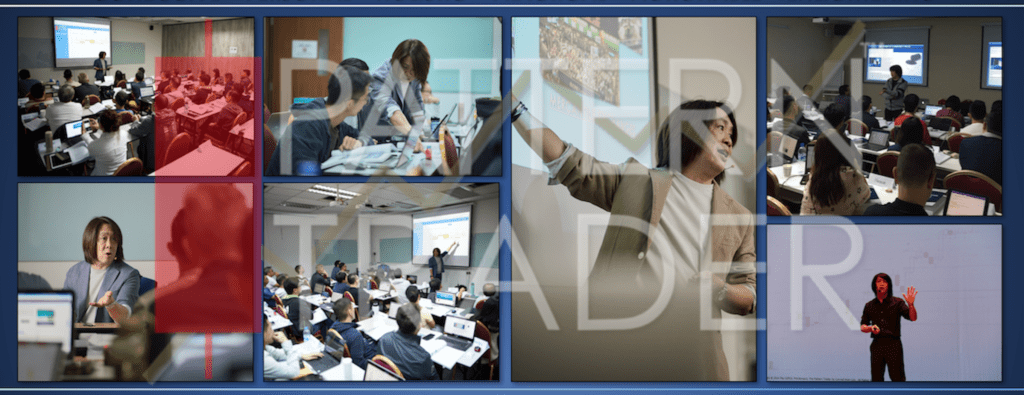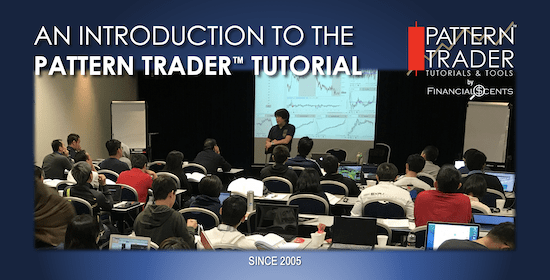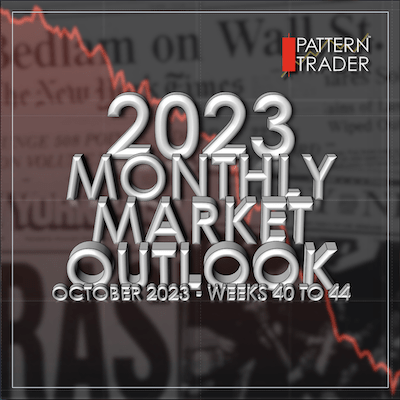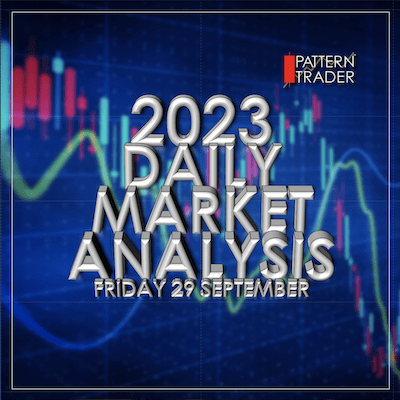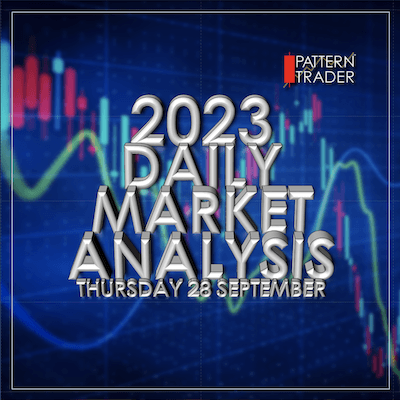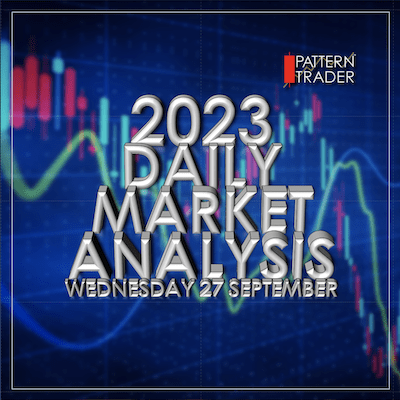
Those familiar with my writings would have read something similar in various postings through the last decade and a half. In spite of the frequency of these articles and social media postings, I still get a fair number of queries that ask questions to which only a fortune-teller or Nostradamus himself could answer.
-
- Where will the market go next?
- When is the next crash going to happen?
- Is it a good time to buy stocks now?
- How low will the dollar fall to?
- What do you think will happen if … ?
I am sure you can imagine the array of queries based along those lines.
Although there will be those who will be more than willing to hazard a guess or plot an analysis to get those answers, it will be nothing more than speculative guesses at best. They may get it right some of the time in the long term but no one is going to get it right in the very short term all of the time.
We would all like to know the future. It would make trading and investing a whole lot easier. But the truth is that we don’t and never can know the future. As I’ve said, all we have is a best guess.
So how does a trader or investor plot for what is obviously an unknown future and make money from it?
The short answer is we don’t.
That means we don’t and should never plot anything with the objective of knowing what the future holds. It’s impossible … yet many would like to look the other way and believe that their charts and analyses can actually do that. That’s like living in denial and then trading on hope.
Can you chart the future?
Most market practitioners use technical analysis to predict the future. This is about using a series of past closes to calculate the average of the current price action to determine if one would be more bullish or more bearish. Read that again: “past closes” … that refers to a series of closing prices that have already happened. Thus, they’re using past performance to determine future results. Ironic when you consider that you see this caveat emptor on every financial product you buy at the bank:
“Past performance is no guarantee of future results”
This is generally treated as a warning label meaning: Don’t assume an investment will continue to do well in the future simply because it’s done well in the past. Thus, it is unwise to assume that technical indicators will repeat the signals that made a profitable trade sometime ago. And that’s what buy and sell signals are about – using past performance to predict future price action.
Some may argue that this is all we have or it is as good as it gets for retail traders. I beg to differ. And the evidence is out there in abundance as Jim Rogers has noted …
Is the future foretold in numbers?
Neither should plotting the future be based on algorithms, mathematical permutations or numerical formulas. Once again, this is all about using numbers to calculate your best guess based on what has happened and hoping that it will happen again because the numbers say so.
One has to wonder about the sense in trusting quants and algorithms when the market is an emotional place for which no mathematics is able to calculate. Plus if you consider that the emotions in the market are more often than not, irrational, how in heaven’s name do you use mathematics to calculate irrational human behaviour with any certainty of a future other than an irrational one?
Now here’s a thought …
Consider that there are these are multi-million dollar, state-of-the-art machines at the big financial institutions, calculating past irrational human emotions to gauge the future of price action with no certainty.
Now think about how novice and amateurish retail traders behave by putting so much faith and trust in really basic indicators and oscillators, then consider how NOT advanced your guru’s study plots are.
It gets kinda ridiculous, doesn’t it? Silly even.
To a large degree, it is true that the market repeats certain patterns with great reliability. Chartists will recognise these patterns and trade them in the hope that history will repeat itself. But that does not make them fortune tellers. This style of analysis is still a best guess.
Then there are traders like myself, that use statistical research from past performances to identify seasonal and cyclical patterns that offer high probability opportunities. Such high probabilities don’t only offer a high percentage opportunity – they help keep risk low.
Regardless of pattern recognition or statistical reliability, these sorts of analyses and research still requires risk management. The probability of the pattern repeating itself is more likely than not. Thus, risk has been lowered but risk still exists albeit in a smaller form. Risk still exists because patterns can fail. Thus, it all comes down to risk management and preparedness.
In trading as in life, much of what we do is based on risk management. Simple everyday things like getting in and out of a bath tub, crossing the road or driving your car all come with some life-threatening risk that it could be the last thing we ever do. But we still go about it because we know the risk and we manage it as we go about our daily lives. Heck, just going out and coming into contact with a stranger today is damn risky because you could contract a deadly virus.
Crossing the road safely is not a guarantee that we’ll get across unscathed. All it takes is an unforeseen circumstance or a tiny oversight to quickly turn an innocuous everyday occurrence, like bathing or driving, into a life-threatening nightmare.
So it is in trading and investing. The knowing financier goes about doing the business by understanding the risks and accepting that the outcome is not a guarantee. All we can do in the market is to weight the risk, know the possible consequences, accept it (or not), and make an informed decision whether or not the risk is worth taking the bet.
Knowing the risks is one thing.
Being prepared for it by defending against the known risk is a whole chapter by itself.
Making money from being prepared to defend against the known risk is a whole book in itself.
Without the power of fortune-telling, this is as good as it gets. This is what life is all about – we have an objective, we plan how to achieve it, we identify the problems, we plan contingencies for the problems, we take the necessary measures to ensure a safe and trouble-free venture/journey/challenge and we stay vigilant against unforeseen circumstance and threats.
So isn’t it odd that we don’t adhere to these same principles when we throw our hard earned money into the financial markets?

Then comes pride …
For some odd and inexplicable reason, people have an obsession about being right. From an alternate point of view, people don’t like being wrong. The two are not the same in terms of trading psychology, by the way.
The need to be right is an ego thing. However, when the results go against their opinion, the usual reaction is to stay silent and fly below the radar so that no one notices the misjudgement. This saves them the public humiliation of a deflating ego.
Those who hate being wrong are a different breed. Being wrong in this instance is a loss of face. They become defensive, temperamental and at worst, aggressive. They often deflect their failure as an oversight, they blame or find excuses for their shortcomings and are likely to complain a lot about circumstances that were beyond their control. In short, they live in denial.

In both instances, the price for being wrong is pride. The actual loss of money becomes secondary because nothing matters more than getting it wrong. That in itself tells you how wrong priorities become when pride gets in the way.

It’s difficult to not let emotions get in the way of our trades, or anything for that matter. We make it more difficult to battle our emotional demons by letting pride get in the way. Thus, the need to be right or the fear of being wrong should not reside in our analyses and our decision making process. They only serve to exaggerate the need to be right and heighten the fear of being wrong.

Stop wasting time looking and asking for hints and tips about the future. Those answers don’t exist. Channel your energies and resources to something more controllable and definitive – Risk Management. You only need to know how.
And anyone who tells you otherwise is a bold-faced liar with a need to protect his pride for selling that lie in the first place.
Happy Hunting!
Copyright© 2020 FinancialScents Pte Ltd
• • • • •

After 15 years of educating, mentoring and supporting hundreds of participants (annually) in the arts and sciences of Finance and Economics, the Pattern Trader™ Tutorial has evolved to become the most exclusive and sought-after boutique-styled class that caters to retail individuals, institutional professionals, businesses and families that are serious about their finances and their prospects as we move into the future.
The small class environment and tutorial-styled approach gives the Tutorial a conducive environment that allows for close communication and interaction between the mentor and the participants.
The hands-on style makes the Tutorial very practical for anyone who requires a start from the ground up. It is the perfect beginning for anyone who wishes to take that first step in improving their financial and economic literacy.
Join our next Pattern Trader™ Online Tutorial in March 2021.
INQUIRE NOW!
Download our promo slides here:
The Pattern Trader™ Tutorial 2021
~~~~~~~~~~~~~~~~~~~~~~~~~~~~~~~~
Write to conrad@finscents.com for queries and further information
